I’ve been watching Android for 10 years, from the moment it first blinked to life on the T-Mobile G1 phone. It grew up with support for on-screen controls and reached its teenage years with the Google Assistant. That’s an impressive feat for a mobile platform that already started far behind BlackBerry, Windows Mobile and Apple’s then year-old iOS.
Android survived where many rivals perished, thanks to its high levels of customization and Google’s search, maps and Gmail apps right in your pocket. We even predicted back in 2008 that Android could “overtake Apple’s darling” iPhone, and we were right. Android currently runs on roughly 85 percent of the world’s phones.
But no operating system is perfect, and a decade later, we can still point to five major problems that have nagged us as Android’s grown and matured. Here’s what Google could work on next.
1. Fix the fragmentation issue
Stop me if this sounds familiar. Google announces the next version of the Android OS. Six months later, you’re still waiting for your phone to get it.


Android turns 10. Click for more Android anniversary stories.
Fragmentation, when phone owners use older versions of the operating system, is Android’s enemy because it means not all users can access the latest new features. Fragmentation introduces inconsistency in the Android experience, and delays some phones from receiving timely security patches.
There are three main reasons why fragmentation occurs.
First, letting phonemakers customize the software interface that sits on top of Android is a key strength, but it also means that vendors and carriers have to meticulously test each new version of Android to make sure it works smoothly and doesn’t break. That takes money, and most of all it takes time. Google’s Pixel devices, like the Nexus phones before it, are first in line for OS upgrades.
All the different Android versions through the years
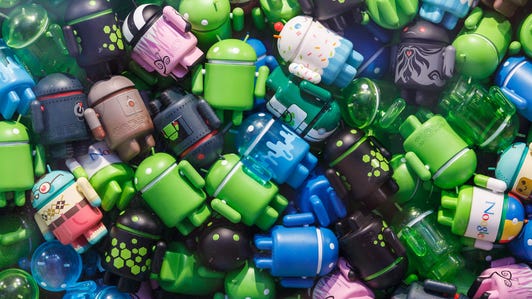



Second, high-end phones generally get upgrades first. Your midrange device might be so far down on your manufacturer’s pecking order that you may not see an upgrade until months after your friends with pricier phones — if at all.
Finally, some entry-level phones of the past had hardware was often too underpowered to support some software tricks. Google created Android Go, a lightweight version of its OS, to combat that problem, but it isn’t clear this has shored up the fragmentation issue on the low end.
Google has certainly made strides to fight fragmentation. Last year, the company changed Android’s underlying architecture with version 8.0 Oreo. Called Project Treble, Google now aims to clear away the roadblocks between getting a new update to consumers.
Android turns 10
- Google’s first Android phone rivaled the iPhone like BlackBerry, Nokia never could
- Android’s first phone, the T-Mobile G1, almost looked like a BlackBerry
- The first Android phone was ugly, but I loved it
- Android turns 10: How Google’s first iPhone rival had a stumbling start
We’ve already seen some fruits of Treble’s labors. Android Pie, the most recent version of its OS, was available for far more phones on launch day than ever before. But we still don’t know when devices like Samsung’s $1,000 Galaxy Note 9 will gets its helping of Pie.
2. Consolidate to one killer messaging app
Google is leagues ahead in its virtual voice assistant, but Apple has nailed the messaging app. So much so that friends, family and even colleagues chorus that the iPhone’s superior iMessage features keep them from switching to Android.
Apple’s Messages app does the basics well, dresses up messages with animated GIFs like Animoji and Memoji (these two work on the iPhone X families only) and reward iPhone users by letting them chat through the same single Messages app over Wi-Fi (that’s iMessages).
Apple also shows your when someone’s responding in real-time (an old desktop messenger trick a la ICQ). But my favorite feature is the ability to sync messages between the iPhone and my MacBook Air’s Messages app. This works seamlessly and keeps me from having to pick up my phone to read and respond to texts.
Then there’s Android’s loose amalgamation of four apps. There’s Messages for mobile, which won’t work over Wi-Fi; it’s for data texting only. Then there’s Allo for mobile messages, Duo for mobile video conferencing and the legacy Google Hangouts for phones and your Gmail inbox.
T-Mobile G1: The first Android phone never looked so good
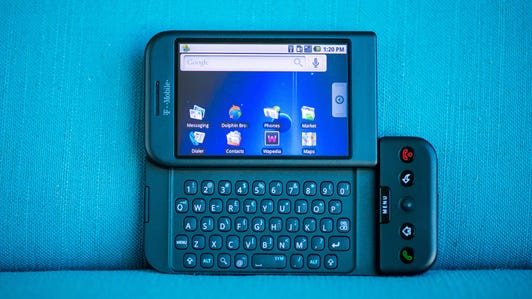



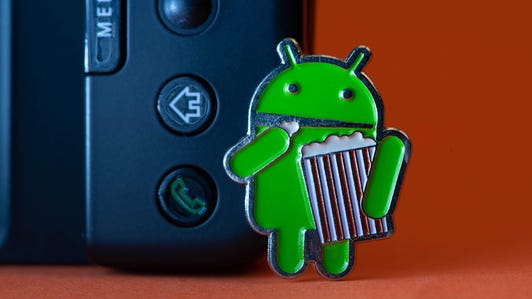

It may not seem like a big deal, but Android’s chaotic messaging story is simply another form of fragmentation, and neither of them can catch Apple’s elegant solo app. Instead of making one messenger your go-to, Google asks you to check up to four — and that’s not even including popular third-party programs like Facebook Messenger and WhatsApp.
Google at least tries to offer some of the iPhone’s cross-platform ease of use with the new Messages for Web, but as a daily user, it’s slow to sync and unreliable. I’ve had to reset it at least a dozen times.
3. Deliver a more intuitive interface


Android phones like the Galaxy Note 9 are way behind the iPhone when it comes to messaging.
Angela Lang/CNET
It’s right there in our very first Android phone review: Google’s “overall interface just isn’t as intuitive” compared to the iPhone’s simplicity. Google added a layer of complexity: an app tray to put all your apps so you can arrange your many home screens exactly how you like.
Even from the early days, you could long press the screen to change your wallpaper and add widgets. That spirit of flexibility and tucked-away features makes Android harder to pick up and learn for first-timers. (And yes, Apple’s iOS has also become more complex over time.)
Today, my biggest complaint is with Android Pie’s gesture support and layout. The motions aren’t completely intuitive and the look is imbalanced: you have a pill-shaped button you can press to go Home and swipe right to multitask. But you can’t swipe left; instead, you need to press a back button.
Weird, right? Plenty of phonemakers have figured out how to make swipe navigation good. Google can do better, too.
4. Expand Android’s reach beyond phones
For an operating system with so much global vigor, it’s surprising to see Android flail in tablets, smartwatches and TVs. And Android’s health beyond phones is important because other devices complement what you can do on your phone. A great Android laptop, TV and watch make your Android phone more valuable — think about sharing content or data from one device to another.
A dearth of excellent tablet apps has contributed to dwindling interest in Android tablets. Android tablet sales continued to tank in 2018, according to analysts.
When it comes to wearables, the market is healthier than it was, but people are either buying Apple watches or cheaper, more basic fitness bands from Xiaomi, Fitbit and Garmin, according to researcher IDC — not Android smartwatches.
Google and Android have another chance to make a mark. We’ve already seen some watches appear with Google’s rebranded Wear OS. Qualcomm is also energizing the Android smartwatch space with a new chip that promises better battery life. And while there was considerable excitement around the possibility of a Pixel watch bearing the new Wear OS at Google’s Oct. 9 event, that product is apparently not happening — at least, not this year.
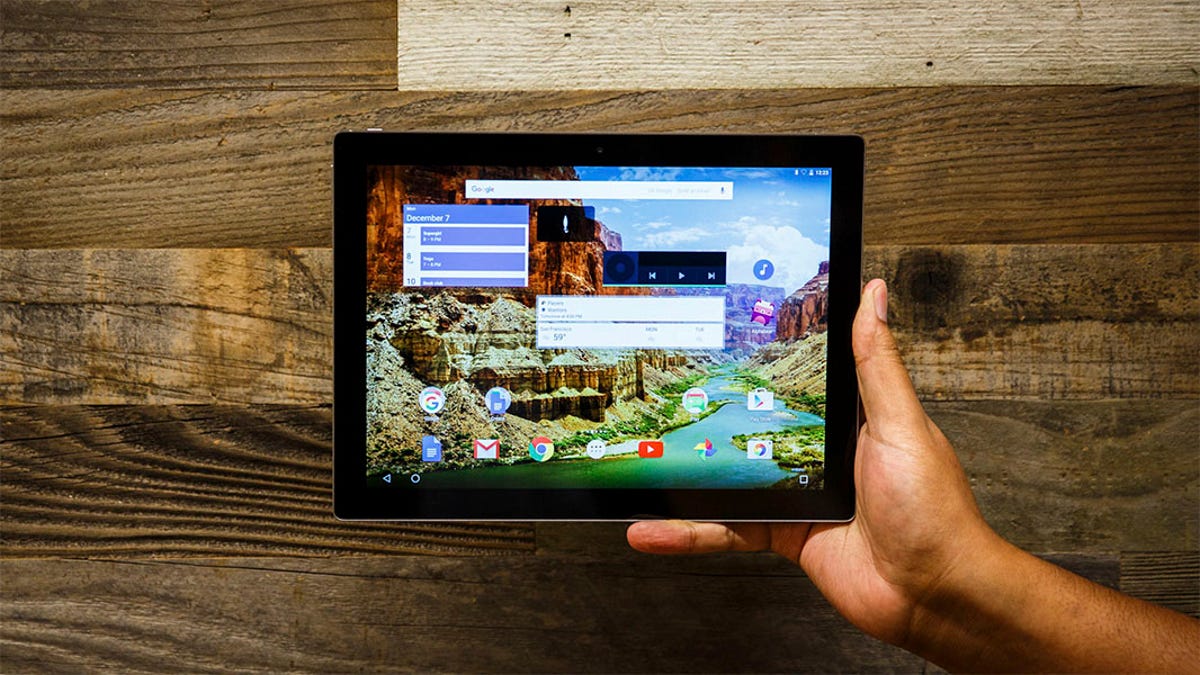

Android tablet sales are declining.
CNET
Meanwhile, Apple’s emphasis on health in its Apple Watch Series 4 appears to be leaps and bounds ahead of anything Google and its partners have shown us. (At least, it will be, once Apple activates the Watch’s EKG feature later this year.)
As for Android TV, the software has more opportunity overseas than it has in the crowded, competitive US market where Amazon Roku, Fire TV, Apple TV and game consoles dominate. The wild card for streamers and Android TV is Google itself: the tech giant could conceivably juice Android TV by releasing a dedicated, relatively cheap (say $50) streamer under its own name.
Google hasn’t made a move like this since the Nexus Player, which was the first Android TV streaming box. But it’s likelier that Google will continue to use its Chromecast streamer brand, which is more an Android phone accessory that is seeing some downturn lately.
Read also: We’re finally getting the smartwatches we wanted five years ago
5. Better syncing from the phone to other devices
For people or families who use the same account on multiple Android devices, syncing is still not quite silky-smooth. When you dismiss a notification on your phone, you still may still see it on your tablet.
Likewise, if you delete a notification from your smartwatch running Wear OS, you’ll see it disappear on your phone, but not on secondary devices like your tablet or Chromebook.
Say it’s been awhile since you’ve turned on one of those devices. When you reboot it again, all those old notifications pop up, regardless of having cleared them on your primary Android device.
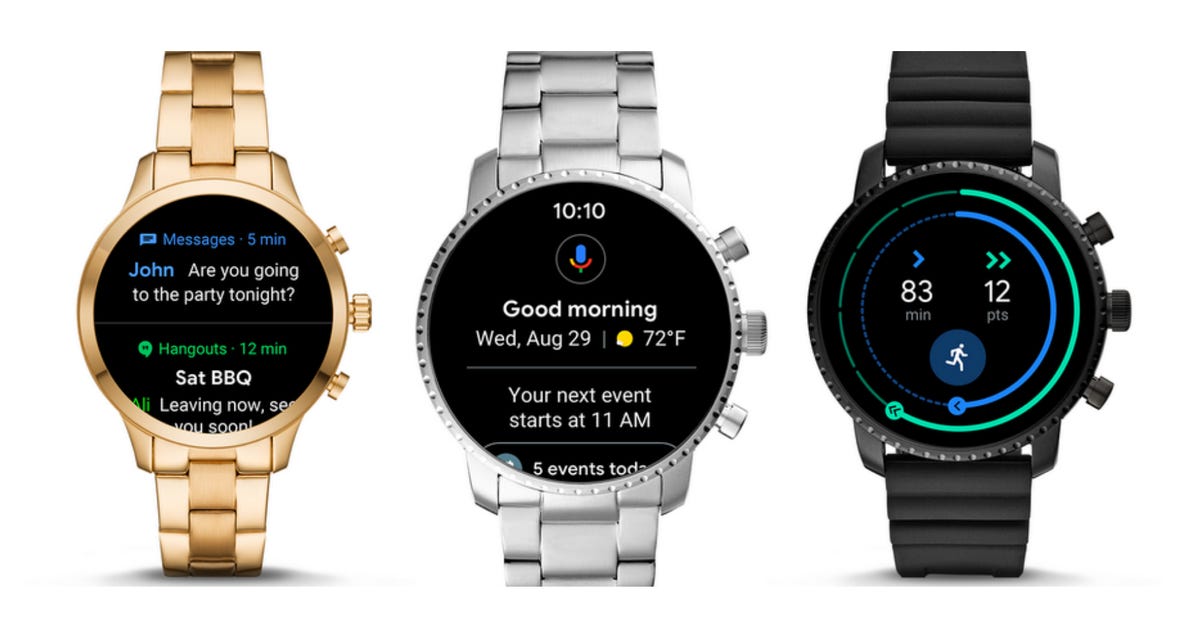

Android and Wear OS can be better friends.
Google
Is Android 10 the answer? Probably not
What’s it going to take for Google to shore up these Android imperfections? Unfortunately, probably not the next version of Android, be it Android Q, Android R or Android 10.
Google’s issues run deeper than that. Like many titanic companies, Google’s groups operate somewhat independently, so that the Android folks and messaging folks are on different teams, and may not always know exactly what the other is doing. But we can hope that they get together to create a cohesive messaging system to rival iMessage, true syncing across devices, fast OS upgrades and a better way to simplify the interface, especially with gesture navigation controls.
Android’s next 10 years of success are counting on it.
David Katzmaier and Juan Garzon contributed to this report.
Originally published Sept. 25.Update, Sept. 26 and Sept. 30: Added more links and context.
Google’s first Android phone rivaled the iPhone like BlackBerry, Nokia never could



